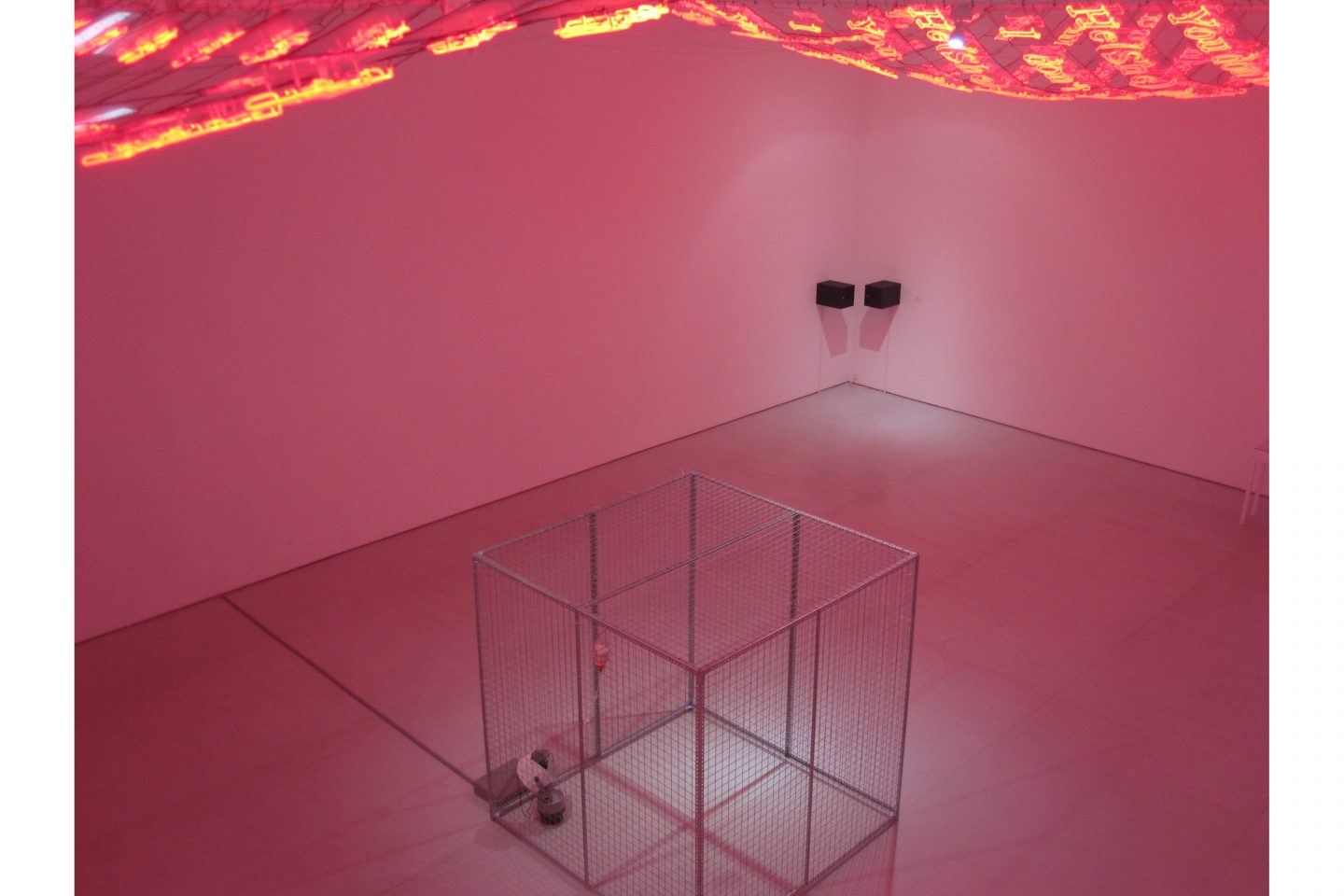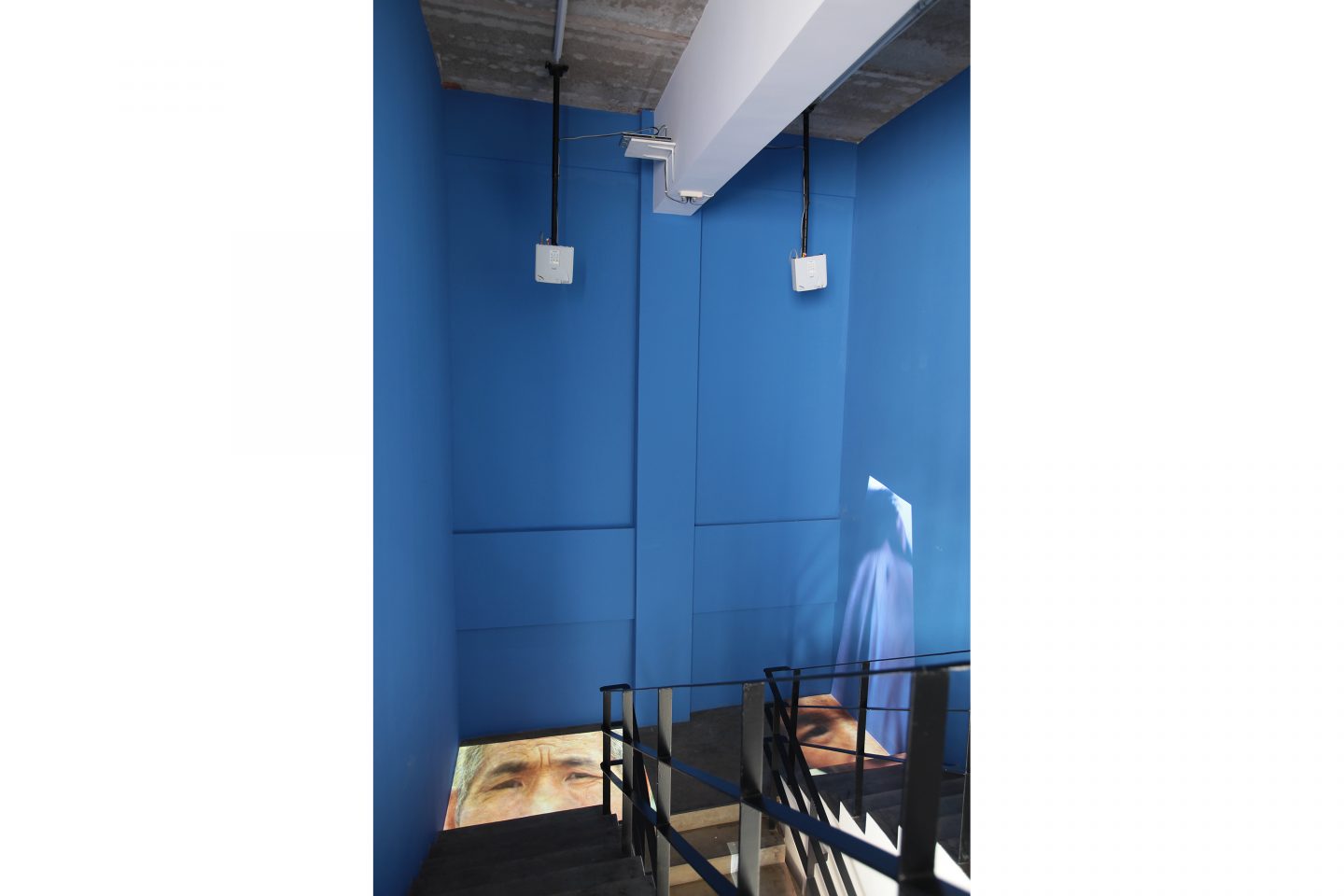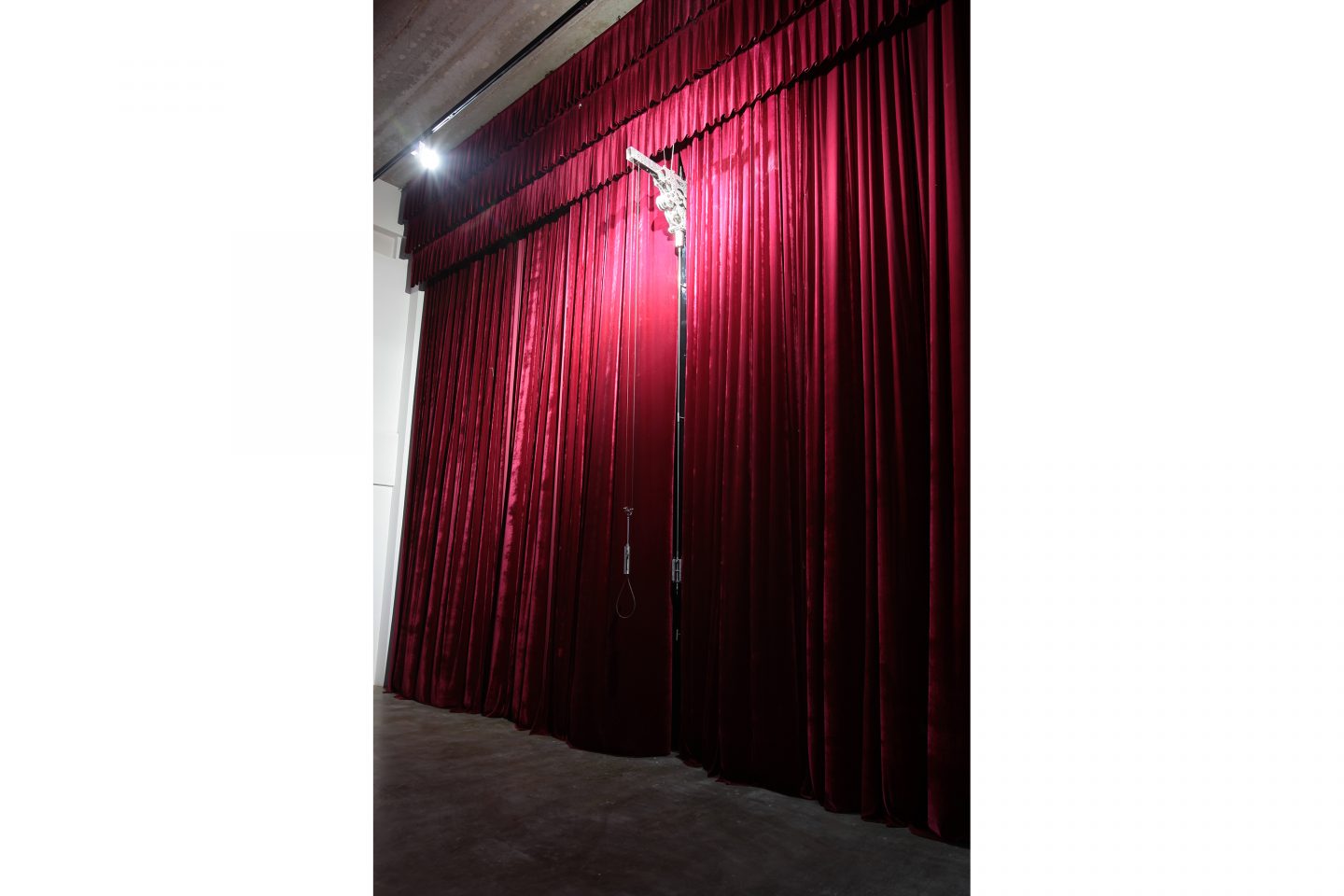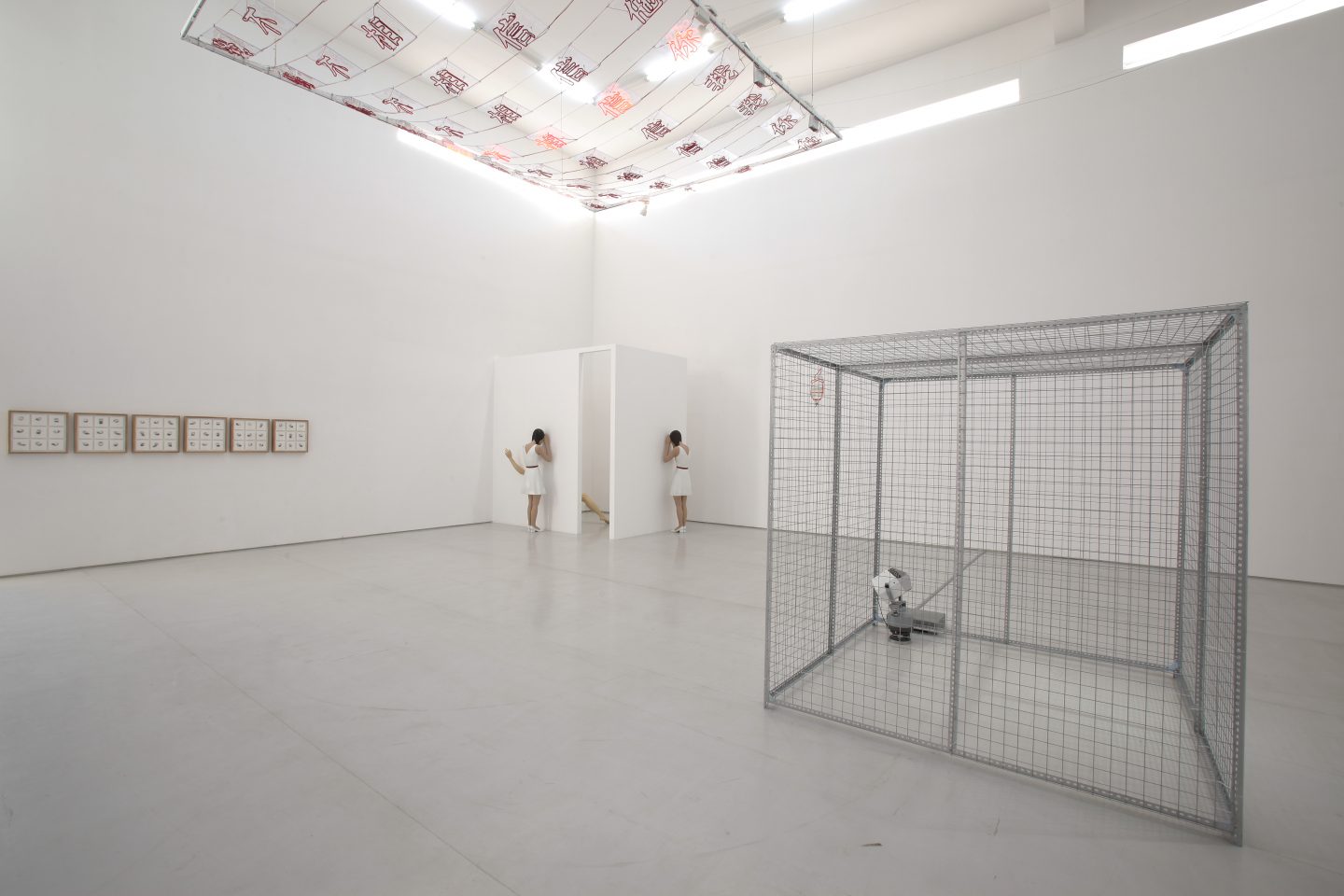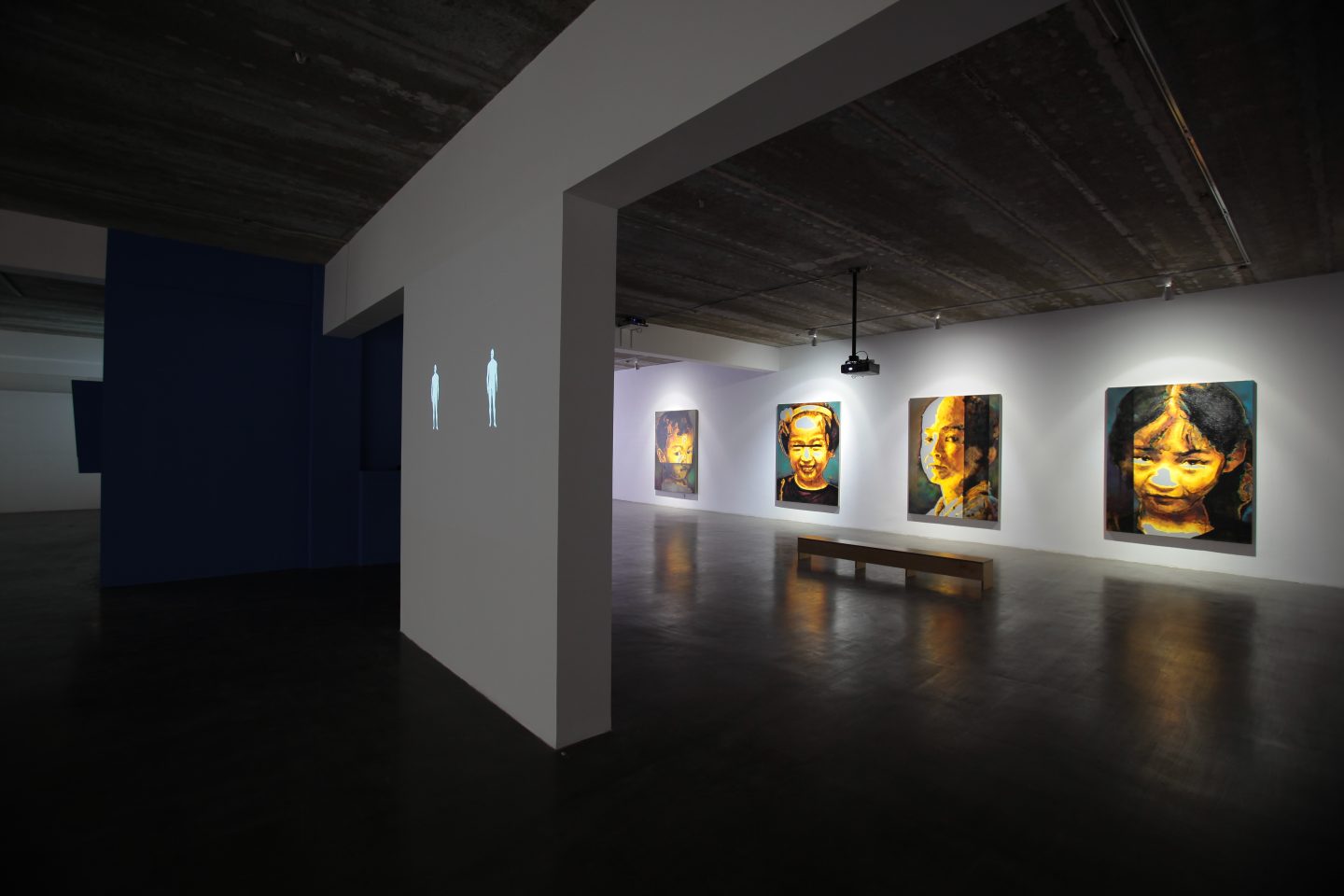ABSOLUTE DISTANCE
11.30, 2010 – 1.3, 2011
Caochangdi

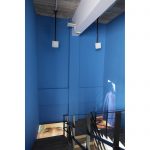
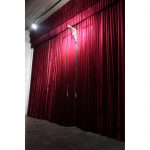

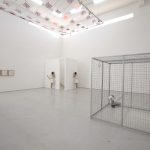

Artist: Chen Hangfeng, Deng Hua + Fu Zhen, Gao Lei, Gu Yeli + Raquel Fernandez, Li Yifan, Zero Lin , Liu Ren, Miao Xiaochun, Michael Ouyang Ziming, Shen Shaomin, Shi Jinsong, Song Dong, Wang Taocheng, Wu Junyong, Xiang Jing, Yan Chao, Zhu Fadong
Distance is an absolutely relative term, as we explore the relativity of distance more deeply, we can only throw away our limits to approach absoluteness.
The exhibition, but even more so, it is a sociological investigation into Chinese villages and AIDS. The exhibition has two parts. First, a photo documentary essay of the trips by the curator, artists, medical workers, volunteers, psychologists and journalists to the villages of Guangxi, Yunnan and Shanxi to live and work with HIV positives. Through learning about local culture, geography, climate, population and local customs, we come closer to the cultural and social environment of these HIV positive people. Through understanding the local political economy’s development, we become clearer as to the developmental history of AIDS in the community. When HIV positive people deal with “us” calmly, “we” are similarly put at ease—normalizing the way we behave shortens the distance between us. Together in the kitchen, in the fields, on mountain roads, by working and living together with HIV positive people, we share their feelings and personal space. Besides abating the health issues brought on by disease, AIDS is like indicator paper, testing the social, family, bloodline, clan and human relationships between people, as well as the bottom line of emotions, closeness, friendships and love. We have seen support, understanding, love and tolerance, but we have also seen selfishness, cruelty, judgment and frigidity. We are still confronted by selfish assumptions and criticisms of individual people and of groups.
The second part of Absolute Distance is the artworks. In about a month’s time of meeting the HIV positives, we have not only tried to learn more about how AIDS has affected their lives, from another angle we have learned more about the conditions of Chinese village society. Soil erosion, water loss, safety issues with medicines, village medical practice and safeguards, the way urbanization breaks down traditional culture and heritage, changing social values—these are the even more serious underlying social realities in Chinese villages. In Absolute Distance, we do not only learn more about AIDS in Chinese society, but it is an effective path for “us” to re-perceive “ourselves”, a way of testing out hearts when faced with different social problems and cultural divides.
